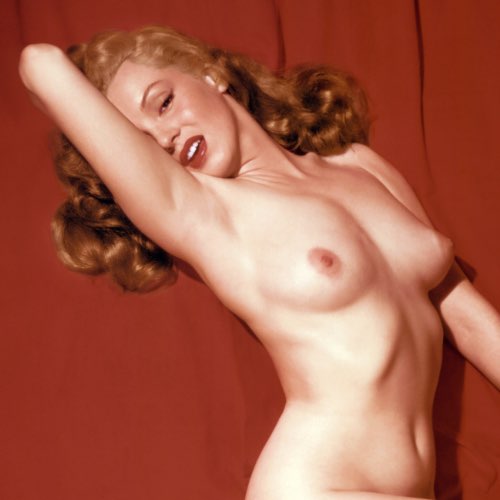The inaugural issue of Playboy debuted in December 1953, marking the start of a publishing empire that would redefine popular culture. Surprisingly, the magazine carried no date-Hugh Hefner, its ambitious young founder, wasn't certain there would be a second issue. Working out of his Hyde Park kitchen in Chicago, Hefner assembled the first edition with a modest budget, relying on borrowed money, personal savings, and a small investment from family and friends.
At the heart of the issue was an iconic centerfold: Marilyn Monroe. Though the image was originally taken for a 1949 calendar, Hefner chose what he considered the "sexiest" pose—a previously unused nude study of Monroe reclining on red velvet, her eyes closed, mouth slightly open. Monroe had already achieved stardom, and the combination of her growing fame and the allure of her nude portrait made Playboy an instant sensation. Hefner’s promotional strategy, emphasizing the exclusivity and glamour of Monroe’s appearance, generated widespread interest and curiosity.
The magazine’s first issue was priced at 50¢ and sold out within weeks, reaching a circulation of 53,991. Its blend of sophisticated lifestyle content, humor, fiction, and provocative photography set it apart from other men's magazines of the time. Hefner's vision went beyond nudity—he wanted Playboy to represent a modern, aspirational lifestyle, blending entertainment, fashion, and cultural commentary.
With its unexpected success, Playboy quickly became a household name, evolving into a multi-faceted brand that influenced generations. Today, copies of the first issue in mint or near-mint condition have sold for over $5,000, reflecting its historical significance and lasting cultural impact.
